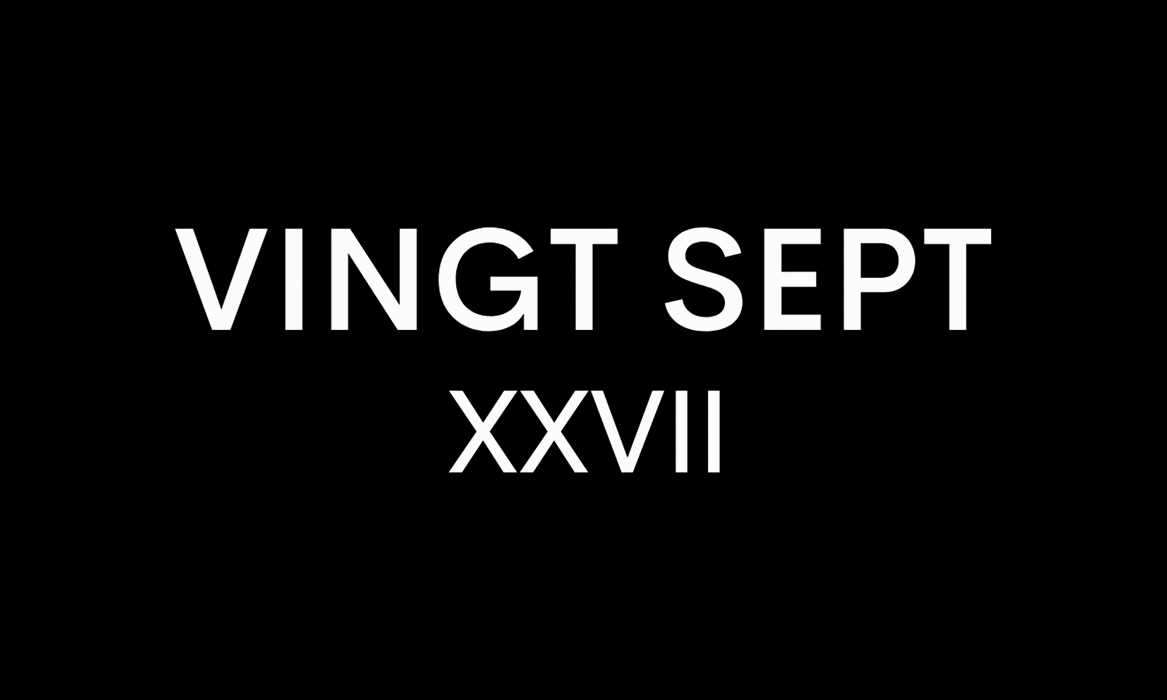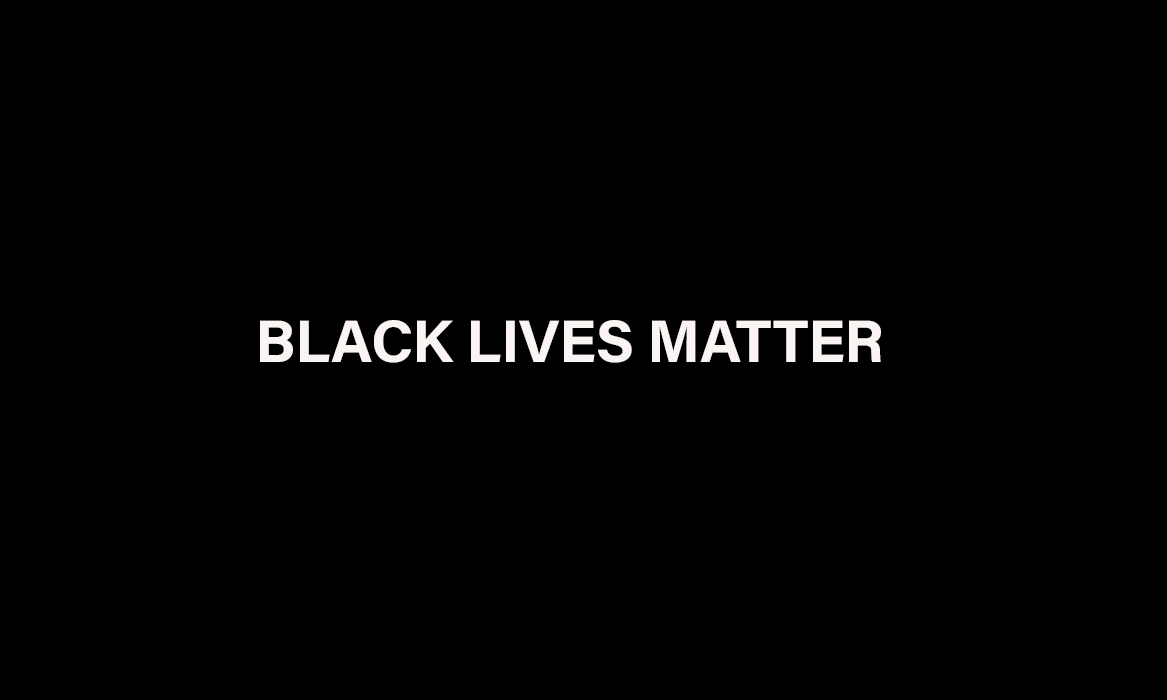

The pandemic presents many constraints to the world, but artist Hayv Kahraman appears to utilise this creatively with The Touch of Otherness (Second Iteration).
LA-based Kurdish-American Hayv Kahraman returns with a new body of work, a continuation of her perception of the parallels between politics and the individual, intertwined with the world's current fascination with immunology. The presence
of an antibody indicates the presence of a disease yet symbolises some kind of hope during the current pandemic.
Kahraman was born in 80s Baghdad during what would have been year 3 of Sadam Hussein's presidency, a world away from the gloss and glitter of Los Angeles and Hollywood where the artist now lives. This perhaps is why Kahraman continues the exploration of difficult issues surrounding gender and female identity with the effects of war, conflict, and politics.
Hayv manages to take somewhat difficult experiences and traumas of women, depicting them as the warrior or protagonist through the perils of war and experience of diaspora. We caught up with the fascinating artist to explore why she feels her work is auto-ethnographic in nature, the importance of the presence of the voice of the immigrant and what the world can expect to see in future works.

What is the most profound moment in your career thus far?
There have been a few stepping stones throughout my career that I’m grateful for. The real joy comes when I can engage in meaningful conversations with colleagues through my work and re-centre the voice of the marginalized immigrant, non-heteronormative, BIPOC person to make them/us heard.
Your work tends to depict controversial issues, particularly around gender, genocide and identity, but you also see a glimpse of the beauty of fragility. Do you feel it’s important to continue having these conversations in 2021?
I think we are in a state of unprecedented collective trauma that the world is grappling with. The uncertainty of life is tangible and real for many people now and there is more than ever a need to rearrange how we perceive the human. A praxis of care and transformation is essential at this moment and is something I’ve been addressing in my work for a very long time. Finding the solace is crucial and the act of mending our colonial wounds is imperative for our survival.

Can you explain how growing up in Iraq influenced your work and at what point in your life you felt the need to express this creatively?
The need to narrate my voice through painting started at a very young age and my parents were open and supportive with my explorations. In fact, my sister and I had a playroom in our home in Baghdad where we were given free rein to paint/draw anywhere on those four walls. This, in hindsight, gave me the freedom to dream. To dream big and to allow myself to speculate, question and archive memories, concerns, jokes on those massive four walls.
My parents used to also hold soirees in which people from creative backgrounds would gather at my home, sing, play music, recite poetry and discuss philosophy. I’d sit in the room next door and paint. Every now and then someone would visit me and give me a mini critique. It was truly a time in which my imagination was encouraged and ideas would take flight without being suppressed. Of course, the realities of war were intertwined in my consciousness and things changed when bombings happened right outside my home. Fleeing and beginning a life as a refugee has informed my work considerably.
Your Anti-Body series seems to direct us to our inner psyche, providing a space to reflect on our thoughts and fears of the hope of the vaccine during this pandemic. Can you explain the theory behind this and what your true thoughts are on the pandemic?
I started thinking about this body of work when the pandemic first hit. I delved into research within the field of immunology/immunity both in biomedical terms but also biopolitical terms so injecting power within the concept of what it means for a body to be immune and really questioning this idea of complete purity. The core of this work and most of my work in general deals with the question of how to co-exist with what is considered foreign or different and in this case the foreign is a pathogen. Understanding that our bodies are actually permeable and that we depend on a symbiotic relationship with our environment to survive became a crucial question in these works. And so in a state of disappear as the world was collapsing around me, antibodies became some sort of silver lining. They are these messengers that interact with the foreign and the self and they are essential for the survival of the human species. They are bridges that facilitate care and communicate with a difference.
You tend to focus on female figures. What is it about women that fascinates you the most?
I think my work is somewhat auto-ethnographic in nature, so naturally, I focus on women. Gender issues are a major concern of mine both academically and personally. This is a reality I live and have lived and a reality that needs a radical change.
Words by Jheanelle Feanny
Subeditor Primrose Jeanton

